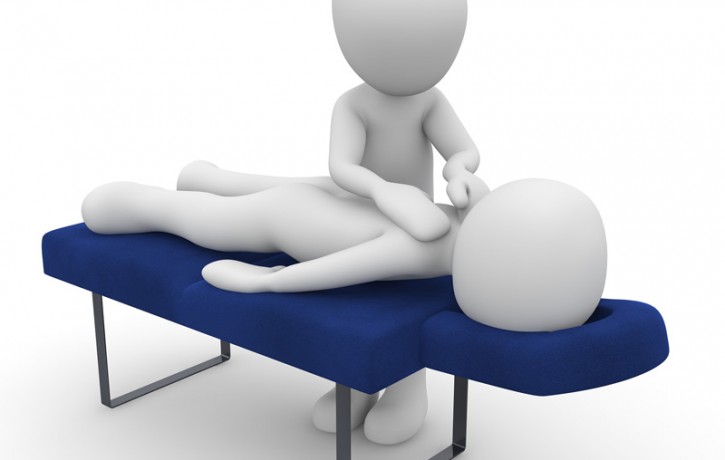What is the Difference Between Medical & Orthopaedic Massage?

The word medicine has its roots in latin, meaning “to remedy” or “to heal”. Some definitions I have read also talk about the “art” of healing so when trying to define medical massage it makes sense that the term has its roots defining the healing effects of massage techniques. There may be very little difference in the techniques used by a qualified massage therapist over that of a medical massage treatment, however, the difference lies in the application of those techniques.
Orthopaedic surgery or orthopaedics is the branch of medicine concerned with conditions involving the musculoskeletal system. Both medical massage and orthopaedic massage are a type of treatment made up of a variety of soft tissue manipulative techniques. Despite the difference in techniques, there are several underlying principles that are essential to any treatment. Assessment and evaluation of the complaint is important in order to determine if massage is appropriate, and what kind of massage, if any, should be done. When working with soft tissue pain and injury the practitioner should have prior knowledge of, or be able to diagnose, the nature of the condition and understand the physiology.
Depending on the qualification your therapist has completed ( i.e. Osteopath or physiotherapist), they may be able to diagnose the condition, or ( such as in the case of sports therapists or well-trained massage therapists) may work off a diagnosis given by the GP or consultant prior to looking at surgical options.
Not only should the therapist be familiar with the condition, but also the techniques with the maximum efficacy. Therefore, a vital component of orthopaedic/medical massage is to match the physiology of the injury with the physiological effects of the treatment. The massage therapist should work within the requirements of the condition or conditions the patient presents with. They will have been trained to identify areas where caution should be taken with regard to depth of treatment or even where certain parts of the body should be avoided altogether ( known as a contra-indication).
There is no single massage modality that will effectively treat all of the diverse types of pain and injury conditions, however, there will be particular techniques that are more beneficial for certain conditions, yet when used on another condition it may be harmful.
Thus a component of orthopaedic massage is flexibility within the treatment. Clearly, with the diversity of presenting complaints, it would be short sighted if the therapist were to rigidly adhere to one type of treatment or one technique. As such, the practitioner will most effectively treat with a protocol that is individually matched to the both the patient and the presenting complaint.
A large variety of manual treatments or procedures can be performed to focus treatment on releasing tight muscles, stretching shortened muscles and tendons or decompress joints. Neuromuscular techniques, myofascial release, manual lymphatic drainage, massage for cancer patients and positional release are various types of massage techniques that can offer considerable relief.
The goal is to normalize the soft tissues of the body, both to treat specific conditions and to keep clients generally fit and healthy. Because this type of massage is designed to treat medical conditions, it requires extensive training, as an unskilled therapist could harm a client by accident.
There should also be an understanding of the appropriate rehabilitation procedure. Rehabilitation is used to describe the most effective progression through the stages of soft tissue healing. It includes knowledge of the physiology of tissue healing and injury prevention.
In conclusion, Medical/orthopaedic massage techniques are appropriate for all. The aim is to benefit the symptoms and not just relax the patient, although this is often another pleasant side effect of the treatment. As a patient you should feel confident in your therapists’ knowledge and skills.
- Rest and Realign: Coming Home to the Body - 27th October 2025
- Consult Your Body’s Inner Wisdom - 25th September 2025
- Unpacking Misconceptions About Deep Rest Meditation - 26th August 2025
